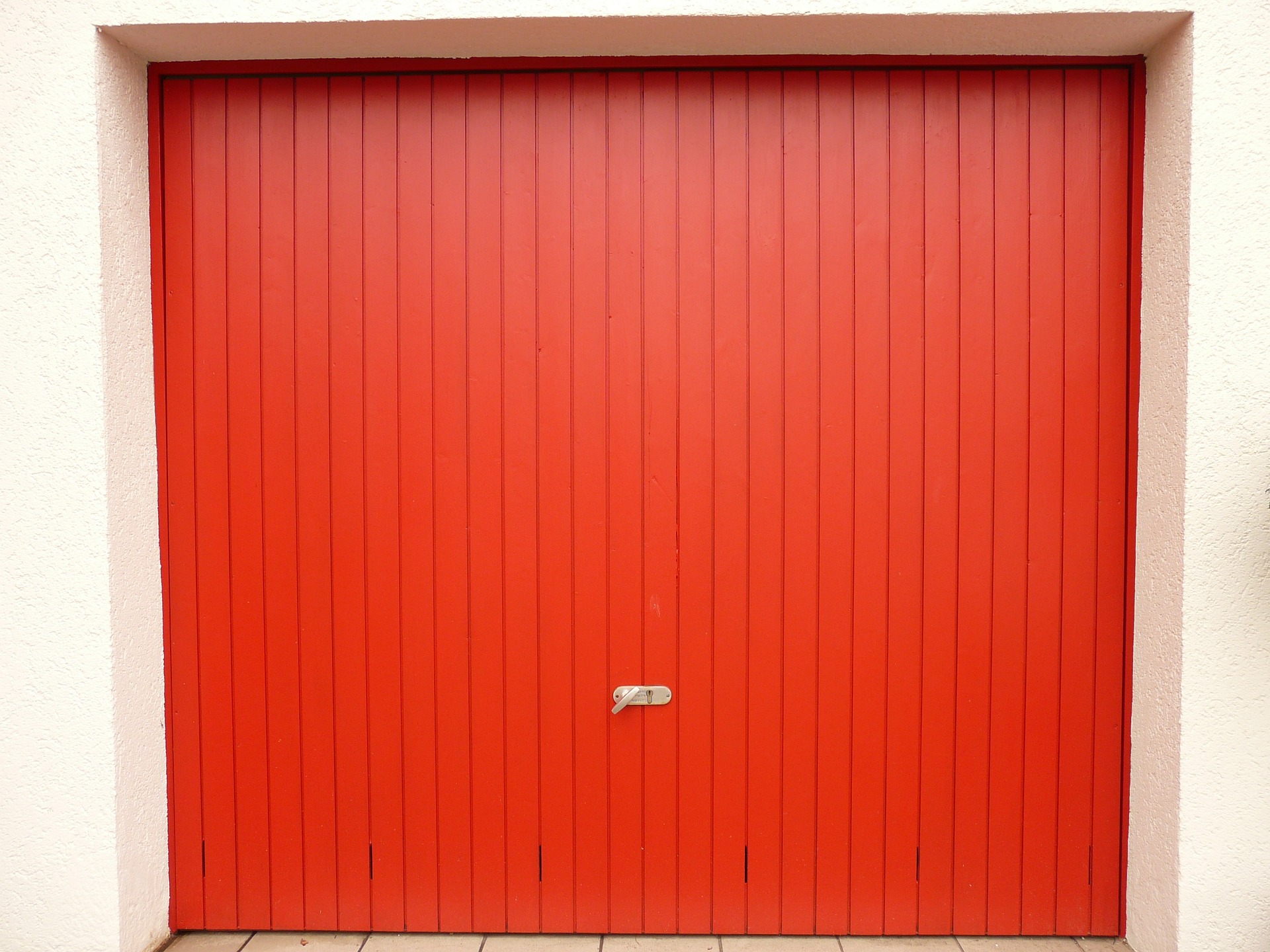A Comprehensive Guide to Composite Front Doors: Features, Materials, and Selection Tips
Composite front doors have revolutionized home entrances by combining durability, security, and aesthetic appeal. These modern alternatives to traditional wooden doors offer homeowners an impressive blend of strength, weather resistance, and design flexibility. Understanding their key features and benefits can help you make an informed decision when upgrading your home's entrance.
Essential Features of Composite Front Doors
Composite doors are engineered with multiple layers of materials, typically including a solid timber core, thermal insulation, and a durable outer skin. This construction provides superior thermal efficiency, helping to reduce energy costs while maintaining comfortable indoor temperatures. The doors feature reinforced frames and advanced locking systems, offering enhanced security compared to traditional door materials. Most composite doors also include weather stripping and low-threshold options for improved weatherproofing.
Materials and Construction Methods
The outer skin of composite doors usually consists of Glass Reinforced Plastic (GRP), which provides exceptional resistance to scratches and dents. The internal frame combines PVC and timber components, creating a robust structure that prevents warping and twisting. Between these layers, manufacturers insert high-density foam core insulation that contributes to the door’s thermal performance. The combination of these materials results in a door that’s approximately 10 times more durable than traditional wooden doors.
Weather Resistance and Durability Benefits
One of the most significant advantages of composite doors is their outstanding weather resistance. These doors maintain their shape and functionality regardless of temperature fluctuations or moisture exposure. The GRP skin prevents water absorption, eliminating the risk of swelling or rotting that often affects wooden doors. UV-resistant colors and finishes ensure that the door’s appearance remains vibrant for years, typically backed by manufacturers’ guarantees of 10 years or more.
Selecting the Right Style for Your Home
When choosing a composite door, consider your home’s architectural style and existing color scheme. Composite doors come in various designs, from traditional panel patterns to contemporary minimalist styles. Popular options include:
-
Victorian and Georgian-inspired designs with decorative glass
-
Modern flush doors with clean lines
-
Cottage-style doors with traditional detailing
-
Contemporary doors with large glazed panels
Performance and Maintenance Considerations
Composite doors require minimal maintenance compared to traditional materials. Regular cleaning with mild soap and water is typically sufficient to maintain their appearance. These doors offer excellent thermal efficiency with U-values as low as 1.0 W/m²K, contributing to reduced energy bills. Their robust construction also provides superior sound insulation, creating a quieter indoor environment.
Cost and Value Comparison
| Door Type | Average Price Range | Warranty Period | Energy Rating |
|---|---|---|---|
| Basic Composite | $800-1,200 | 10 years | B-A |
| Premium Composite | $1,200-2,500 | 15-20 years | A-A+ |
| Ultimate Security | $2,500-3,500 | 20+ years | A++ |
Prices, rates, or cost estimates mentioned in this article are based on the latest available information but may change over time. Independent research is advised before making financial decisions.
Composite front doors represent a significant investment in your home’s security, energy efficiency, and curb appeal. While the initial cost may be higher than traditional door materials, their longevity, minimal maintenance requirements, and enhanced performance features make them a cost-effective choice over time. The combination of durability, security, and aesthetic versatility continues to make composite doors an increasingly popular choice for modern homeowners.





